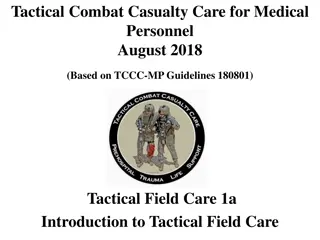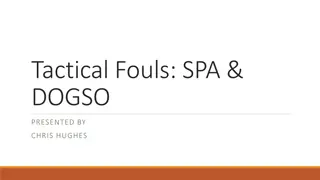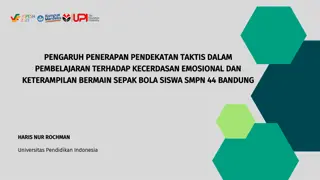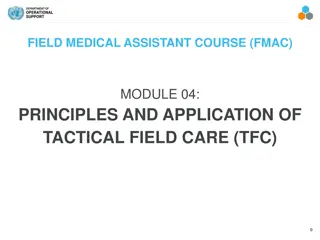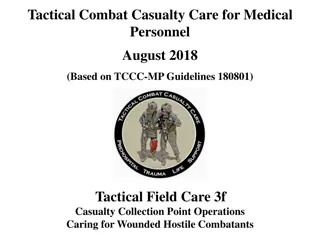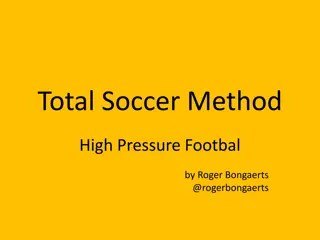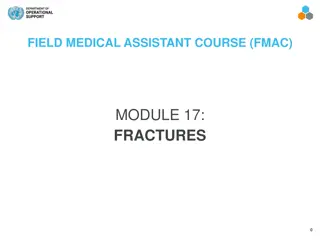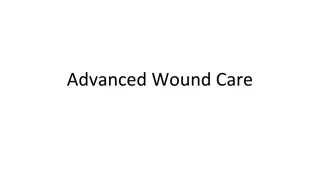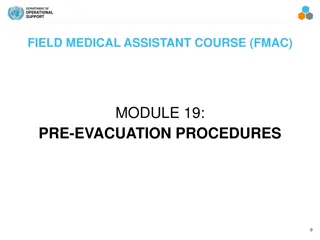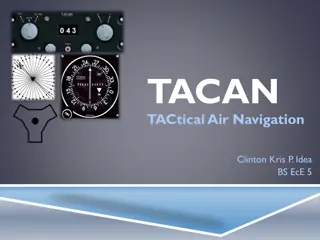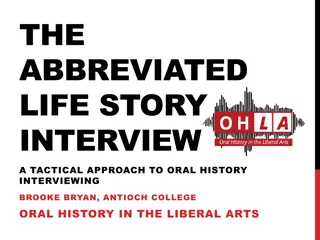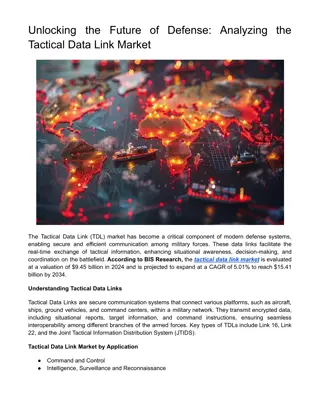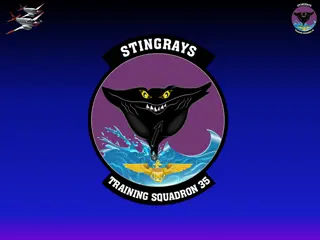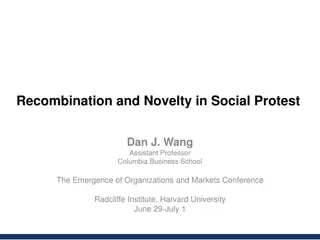Safe Tactical Approach and Response Training Outline
This training outline provides an overview of the structure, key topic areas, frameworks, and values of the Safe Tactical Approach and Response (STAR) training. It outlines the learning journey across five days, including theoretical training, defensive tactics, participant roleplays, and assessments. The document covers important topics such as residential safety framework, connection with Whakamana Tangata values, prosocial modeling, bias, legislation, trauma responses, verbal de-escalation techniques, incident report writing, engagement techniques, and more. The training aims to equip participants with the knowledge and skills necessary for safe and effective tactical responses.
Download Presentation

Please find below an Image/Link to download the presentation.
The content on the website is provided AS IS for your information and personal use only. It may not be sold, licensed, or shared on other websites without obtaining consent from the author. Download presentation by click this link. If you encounter any issues during the download, it is possible that the publisher has removed the file from their server.
E N D
Presentation Transcript
IN-CONFIDENCE TRAINING OUTLINE Safe Tactical Approach and Response PREPARED OCTOBER 2021
IN-CONFIDENCE Purpose of this document This Training Outline serves the following purposes: Provide an overview of the structure of Safe Tactical Approach and Response (STAR) training Provide an overview of the key topic areas to be covered in Safe Tactical Approach and Response (STAR) training A document to sense-check against as training is developed to ensure we design to what is agreed Outline the key frameworks and values that need to be present throughout the training material Identify topics where will require SME support to complete the development
IN-CONFIDENCE Learning Journey Safe Tactical Approach and Response (STAR) training is delivered across five days as part of the Te Waharoa Induction. It is broken up into two parts over the first four days with the following content: Theoretical training in the morning session Defensive tactics and techniques in the afternoon session The final day concludes with a review of the content, participant roleplays and assessments (on both theoretical knowledge and practical application of defensive tactics and techniques.
IN-CONFIDENCE Structure of STAR 1 2 3 4 5 Day Four Day Five Day Three Day One Day Two Theory Theory Theory Theory Assessment Introduction and overview Residential Safety Framework and connection with Whakamana Tangata Values revisited Prosocial modelling Conscious and unconscious bias Legislation Governing bodies and the media Power and responsibility Professional Practice Risk-based decision making Observation Shift Trauma responses cause and effect Linking Maslow s Hierarchy of Needs, Te Whare Tapa Wh and the Residential Safety Framework Verbal de-escalation techniques Theory test Participant presentations of skills learnt over the week Drills Incident Report Writing Responding to an incident The A-B-C Model for incident report writing Incident report writing practice SOSHI & Serious Event Notification (SEN) Physical Physical Physical Revision of principles of safety, principles of engagement and engagement techniques Safe ground holds Staff protection on the ground Room exits Recovery staff debrief Restoring mana - hue whakapiri Principles of Safety Disengagement Techniques Revision of Principles of Safety and Disengagement Techniques Principles of engagement Engagement Techniques All aspects built into some low- level scenarios to apply the relative skills in correct context. Full Day Full Day Full Day Full Day Full Day
IN-CONFIDENCE Learning Outcomes By the end of this training kaimahi will be able to: Describe the residential safety framework and its practical application in the residences along with the legal and regulatory boundaries they work in. Understand their own internal and external stress triggers and various techniques for managing them Demonstrate the importance AWOCA as verbal de-escalation techniques Describe the TENR process and application for responding to incidents Attain basic proficiency in the application of tactics and techniques requiring use of the physical component of STAR
IN-CONFIDENCE Training topics in more detail Theory After giving the learners and overview of what to expect from the STAR training, we will begin by introducing the Residential Safety Framework and its connection with Whakamana Tangata. It is important to emphasis STAR is not just a restraint and control programme. STAR sits within a holistic safety framework and links theory and practice using evidence based and restorative practice. Physical Principles of Safety: Safe Stance Red zone/Green zone (RZ/GZ) Contact and cover Shelling inside red zone 1 Day One Theory Introduction and overview Residential Safety Framework and connection with Whakamana Tangata Values revisited Prosocial modelling Conscious and unconscious bias Legislation Governing bodies and the media Disengagement techniques: Redirection Train Stop Shelling and exit RZ GZ We will revisit the Oranga Tamariki values and Whakamana Tangata whet , exploring how they work together and can be applied to managing challenging behaviour. Prosocial Modelling will cover off what it is (and isn t) as well as how to practice it ensuring that cultural considerations are taken into account. All aspects built into some low-level scenarios to apply the relative skills in correct context. Conscious & Unconscious Bias will be revisited, explicitly to link these with how they relate to challenging behaviour. Physical Principles of Safety Disengagement Techniques The legislation section of the training reviews how the legislation defines self-defence and what use of force is defendable - and the implications of this for residential practice. All aspects built into some low- level scenarios to apply the relative skills in correct context. Full Day
IN-CONFIDENCE Training topics in more detail Theory We will discuss the power and responsibility dynamic that exists within the learner's role, revisiting personal power vs. positional power (contextualized with activities with incident scenarios). This section will also address the potential for abuse of power/punitive practice. Physical Brief revision of Principles of safety Disengagement techniques 2 Day Two Theory Principles of engagement Contact and cover (straight on vs. safe angle) Always Shell when entering Red Zone Minimal time in Red Zone Power and responsibility Professional Practice Risk-based decision making Professional Practice will address that all actions taken by staff are to make safe, and never with intent to harm or punish. We will cover rational detachment, knowing your triggers and using your team, making the call, and backing each other up. Engagement Techniques Shoulder to shoulder entry Off balancing and centre of gravity Maintaining contact Underhook control drill (importance of the underhook) Rear body lock arm drag Cross grip and cross grip figure four Transport hold (front and back) Figure four classroom model Figure four entries and applications Discussion around safety of figure four Physical In risk-based decision making we will revisit the decision-making framework, introduce the T.E.N.R model, the Tactical Options toolbox and A.W.O.C.A. We will also revisit assessing risk behaviours and decision making, and Whakamana Tangata interventions. Revision of Principles of Safety and Disengagement Techniques Principles of engagement Engagement Techniques Full Day
IN-CONFIDENCE Training topics in more detail Theory The learners will complete observations in units (AM or PM Shifts). 3 Day Three Incident report writing will begin by introducing the what and the why of incident reporting, including who our audience is. Theory In responding to an incident, we will look at T.E.N.R, Whakamana Tangata interventions & A.W.O.C.A and review the legislation to support us in how to articulate it in an Incident Report. Observation Shift Incident Report Writing Responding to an incident The A-B-C Model for incident report writing Incident report writing practice SOSHI & Serious Event Notification (SEN) We will look at the A-B-C Model for Incident Report Writing and how to structure an Incident Report using A-B-C. Examples and templates will be provided to support this. There will be practical application of the learning through reviewing an incident video and completing an Incident Report for the scenario. Learners will be taken through how to complete a SOSHI and Serious Event Notifications (SEN). Full Day
IN-CONFIDENCE Training topics in more detail Theory Day four begins by looking at Trauma Responses Cause & Effect. We ll look at linking the learning from Mana in Relationships (Te Waharoa) to managing challenging behaviours. We ll address the triggers of trauma responses, as well as trauma and the brain, (Fight, Flight, Freeze Response). Physical Review of: Principles of Safety Principles of engagement Engagement Techniques covered in day two 4 Day Four Theory Ground Techniques Discussion on restraints and the ground - Positional Asphyxia and safety in Ground holds Trauma responses cause and effect Linking Maslow s Hierarchy of Needs, Te Whare Tapa Wh and the Residential Safety Framework Verbal de-escalation techniques We will link Maslow s hierarchy of needs, Te Whare Tapa Wh & The Residential Safety Framework together in the response to trauma. Learners will also be introduced to verbal de-escalation techniques, bringing in learning around understanding aggression, people skills, and linking the Social Discipline Window and the Three Pillars to Trauma Informed Practice and the Residence Safety Framework. This will include opportunities to practice verbal de-escalation in roleplays. Safe ground holds Shoulder to shoulder pressure principle Shoulder to shoulder face down holds Shoulder to Shoulder face up hold Risks on the ground (approach) Getting back to feet (approach and troubleshooting) Physical Revision of principles of safety, principles of engagement and engagement techniques Safe ground holds Staff protection on the ground Room exits Recovery staff debrief Restoring mana - hue whakapiri Staff protection on the Ground 12-6 Principle Technical/Safe Stand up Room Exits Standing, kneeling and lying Recovery and restoring mana Staff debrief and Hue Whakapiri Full Day
IN-CONFIDENCE Training topics in more detail Assessment The final day of the training is reserved for assessment of the learners. This is done on both a theory and practical level. 5 Day Five The learners will complete a Theory Test before taking part in a presentation (10-15min) of what they have learnt over the week including demonstration of holds. Assessment Theory test Participant presentations of skills learnt over the week Drills They will complete a set of drills for example: participants are given keys/radios and then allocated to different areas of the residence. When they hear STAR participants to they must respond to the area as if they are the response team STAR instructors to stage an incident. Full Day






